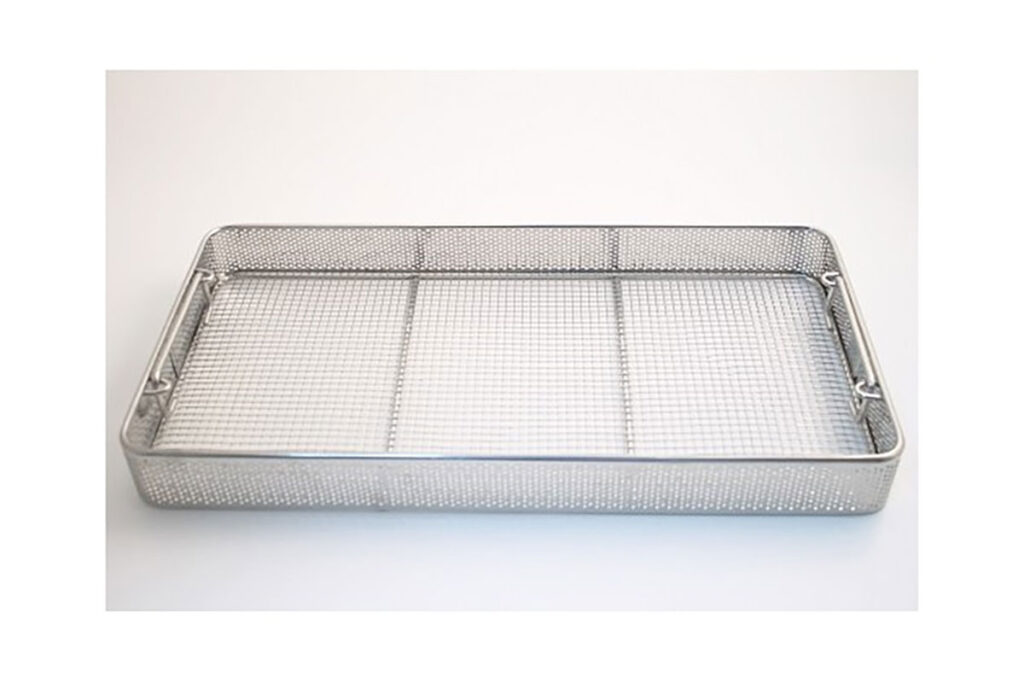in Instruments
Best Practices for Instrument Care in High-Volume Clinics

In a high-volume veterinary clinic, the efficiency of procedures and the quality of patient care rely heavily on the condition of your tools. Veterinary instruments are the backbone of surgical and diagnostic work, and proper care ensures they remain precise, safe, and effective. Neglecting instrument maintenance in a busy environment can lead to costly replacements, extended procedure times, and even compromised patient outcomes.
The Importance of Veterinary Instrument Care
Veterinary instruments, whether they are scalpels, forceps, or clamps, are designed for repeated use under strict hygiene conditions. In high-volume clinics, these instruments undergo continuous cycles of use and sterilisation, which can gradually reduce their effectiveness. Proper veterinary instrument care, including routine cleaning, sterilisation, inspection, and storage, is critical to preserving their function and lifespan. Clinics that invest in systematic instrument maintenance can prevent minor wear from becoming major problems.
Cleaning and Sterilisation: The Cornerstones of Instrument Maintenance
Effective veterinary instrument care begins immediately after use. Residual biological material left on instruments can harden, making sterilisation less effective and potentially damaging the tools. Instruments should be rinsed promptly and cleaned using a soft brush and a mild, non-abrasive detergent. For complex instruments with hinges or intricate parts, ultrasonic cleaners are highly recommended to reach areas that manual cleaning may miss.
Sterilisation is the next crucial step. Autoclaving remains the industry standard, effectively eliminating bacteria, viruses, and other pathogens. However, not all instruments tolerate high heat and pressure equally. Following manufacturer guidelines for autoclave cycles, temperature, and duration is essential to avoid warping, corrosion, or joint damage. Proper packaging, such as steam-permeable pouches or trays, ensures sterilisation is thorough while keeping instruments organised and protected.
Routine Inspections and Proactive Maintenance
In fast-paced clinics, instruments may be used repeatedly without careful inspection. Regular checks should be part of the instrument maintenance routine. Scissors, forceps, and other hinged tools require smooth, precise movement, while cutting instruments should remain sharp and aligned. Any minor defects, such as loose screws, dull edges, or rust spots, should be addressed immediately.
Maintenance may include lubrication of moving parts, tightening of screws, and professional sharpening for cutting tools. Storage also plays a significant role in veterinary instrument care. Instruments should be kept in dry, organised trays or cabinets to prevent damage and contamination, reducing downtime and enhancing efficiency.
Staff Training: Key to Consistent Instrument Care
Even the best protocols fail without properly trained staff. Every team member in a high-volume clinic should be aware of correct cleaning, sterilisation, and storage procedures. Frequent training refreshers and clear standard operating procedures (SOPs) help maintain consistency, even with staff turnover. Encouraging accountability among team members ensures instruments are treated with care, inspected regularly, and reported if issues arise. This culture of responsibility is crucial for extending the lifespan of veterinary instruments.
Financial and Operational Benefits of Proper Instrument Maintenance
Investing in veterinary instrument care has tangible benefits. High-volume clinics that neglect instrument maintenance face frequent replacements, which can be costly over time. Proper care not only extends the lifespan of instruments but also improves workflow efficiency, reduces the risk of complications during procedures, and enhances overall patient safety. In essence, preventive care saves both money and time, allowing clinics to focus on delivering top-quality veterinary care.
Embracing Technology for Better Instrument Care
Modern clinics are increasingly adopting technology to enhance veterinary instrument maintenance. Automated washers, ultrasonic cleaners, and digital tracking systems streamline workflows and ensure compliance with hygiene standards. Maintenance logs and digital checklists allow clinics to monitor instrument conditions proactively, scheduling maintenance before issues arise. Incorporating these tools into daily routines reinforces best practices and supports high-volume clinic operations.
Maximising the Lifespan of Your Veterinary Instruments
Veterinary instrument care in high-volume clinics is more than just a hygiene requirement—it is a cornerstone of operational efficiency, patient safety, and financial prudence. By implementing robust cleaning, sterilisation, and inspection protocols, training staff thoroughly, and leveraging modern maintenance technologies, clinics can ensure that their instruments remain reliable and precise. Proper instrument maintenance is an investment in both the longevity of tools and the quality of care provided.
